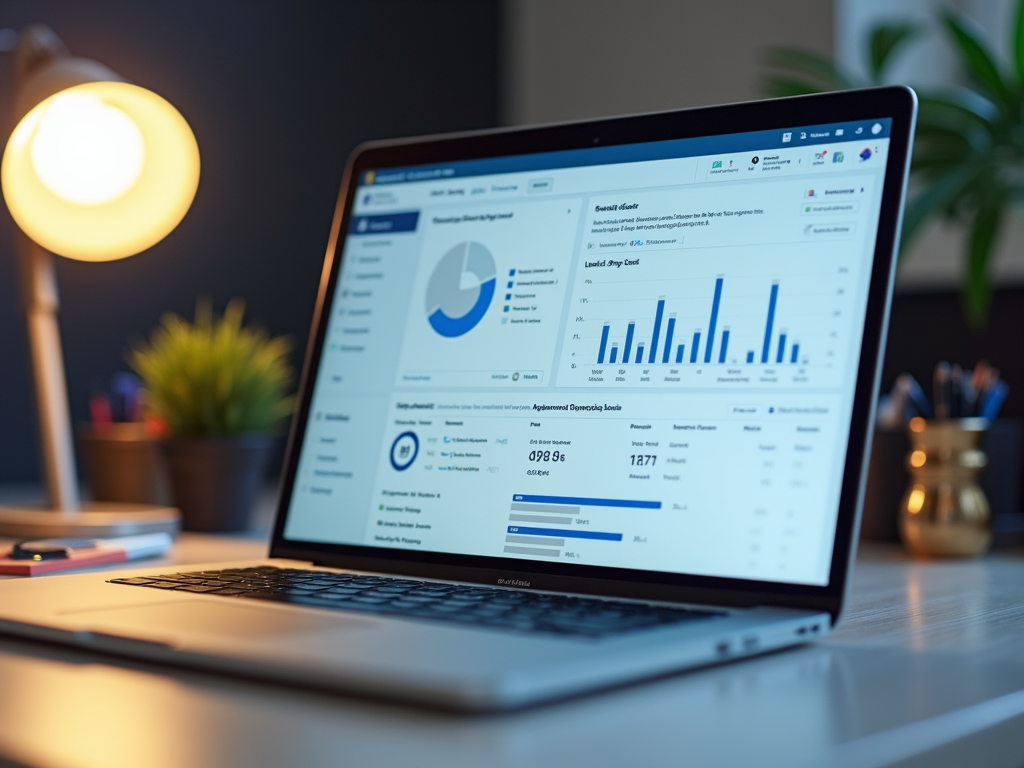
In the ever-evolving world of sales and marketing, understanding the nuances between leads, prospects, and sales opportunities is essential for effective customer engagement. Sales teams often find themselves interacting with various potential customers at different levels of the buying journey. Grasping the critical differences and knowing how to navigate through each phase can significantly enhance conversion rates and drive revenue. As sales processes continuously adapt to changing consumer behaviors and preferences, honing strategies for moving through these stages can set businesses apart from their competition. In this article, we will delve into each term, elucidating how to transition effectively from a lead to a prospect and ultimately to a sales opportunity.
These transitions are not merely about definitions; they involve tailored communication strategies and a clear understanding of customer intent. Knowing how to manage these stages effectively can lead to stronger relationships with potential clients and improved closing rates. As we explore these concepts, we will offer practical tips and techniques to help you engage effectively with each stage. From targeted nurturing methods to meaningful conversations, the journey from lead to sales opportunity will be clearly defined, enabling you to optimize your sales funnel.
Understanding the Terminology

Leads, prospects, and sales opportunities each represent different stages in the customer journey. Understanding these terms not only enriches your sales strategy but also aligns your marketing efforts with sales goals. Each stage requires a different approach and understanding of customer needs, which will be explored in detail. Knowing when and how to transition between these stages is key to maximizing your sales efficacy.
What is a Lead?
A lead is typically the first point of contact within the sales funnel. It refers to an individual or organization that has shown preliminary interest in your product or service. Leads may originate from various channels, such as:
- Social media campaigns
- Networking events
- Website sign-ups
- Email marketing initiatives
At this stage, engagement is often limited and requires nurturing to guide them further along the funnel. Understanding the characteristics of your leads is vital for shaping an effective outreach strategy.
What is a Prospect?
Once you’ve established contact and identified interest, a lead can be molded into a prospect. A prospect has been qualified based on specific criteria that suggest a higher probability of making a purchase. This qualification process usually considers factors such as:
- Needs: Does the prospect have a specific requirement your product can fulfill?
- Budget: Is there financial flexibility for the prospect to make a purchase?
- Authority: Is the prospect in a decision-making position?
Thus, transforming a lead into a prospect involves thorough assessment and targeted engagement.
What is a Sales Opportunity?
A sales opportunity lies further down the path as a clearly defined potential for a sale. At this stage, the need for the product or service is articulated, and discussions regarding pricing and solutions are often underway. Sales opportunities are typically tracked in CRM systems to ensure that sales teams can allocate their resources effectively. This stage indicates a much closer alignment to closing the deal, making it imperative for sales personnel to engage appropriately.
The Transition from Lead to Prospect

Transitioning a lead into a prospect requires strategic nurturing and qualification efforts. Nurturing involves providing leads with relevant content and communications tailored to their interests. This is crucial for capturing their attention and guiding them further in the sales funnel. Here are some effective nurturing techniques:
- Use targeted emails that address specific interests.
- Engage with leads on social media platforms.
- Provide valuable content that solves problems.
- Invite leads to webinars or live demos.
Following these techniques will increase your chance of qualifying that lead into a prospect. Additionally, understanding qualification criteria through methods such as BANT—Budget, Authority, Needs, Timing—can streamline your efforts in identifying which leads to pursue further.
The Transition from Prospect to Sales Opportunity
Converting a prospect into a sales opportunity often entails engaging them in meaningful conversations. This dialogue is essential for uncovering their pain points and requirements. When you prioritize understanding their challenges, you create a pathway towards a potential sale. Effective engagement involves:
- Asking probing questions that reveal deeper needs.
- Listening actively to understand concerns.
- Presenting solutions that align with their specific requirements.
Moreover, understanding the decision-making process is critical. Knowing who influences or makes purchasing decisions can significantly impact your strategy. Build rapport with all stakeholders involved to enhance your opportunity for closing the sale.
| Sales Stage | Definition | Key Strategies |
|---|---|---|
| Lead | A potential customer who has shown interest. | Nurturing and engaging with relevant content. |
| Prospect | A qualified lead with a higher likelihood of purchase. | Qualifying through criteria like BANT. |
| Sales Opportunity | A concrete potential for a sale. | Meaningful engagement and proposal creation. |
Strategies for Closing Sales Opportunities
Once a sales opportunity has been identified, closing the deal effectively requires targeted action. One of the first steps is to create compelling proposals that directly address the outlined needs. By illustrating the value your product or service brings, you can make a persuasive case for why they should choose you.
Following up plays a crucial role in converting opportunities. Regular and personalized communication helps reinforce your commitment to solving their challenges. Customers appreciate when they feel valued and understood, so aiming for tailor-made interactions can significantly amplify your success rates.
Conclusion
In summary, a firm grasp of the distinctions and transitions among leads, prospects, and sales opportunities is paramount for achieving sales success. Through effective nurturing, qualification, and engagement strategies, businesses can enhance their prowess in moving through each crucial stage of the sales funnel. Understanding customer needs and providing valuable solutions will not only position you as a reliable partner but also improve your closure rates significantly.
Frequently Asked Questions
- What is the main difference between a lead and a prospect? A lead is an initial contact showing interest, while a prospect has been qualified with a higher likelihood of purchasing.
- How do I convert a lead into a prospect? Nurture the lead with targeted content and qualify them using criteria like budget and needs assessment.
- What differentiates a sales opportunity from a prospect? A sales opportunity indicates a concrete potential for sale, often involving discussions about pricing and solutions.
- What are effective ways to follow up with sales opportunities? Personalize communication, address their specific needs directly, and keep them informed about your product’s benefits.
- How can I effectively engage with prospects? Start meaningful conversations that focus on understanding their pain points and challenges.

